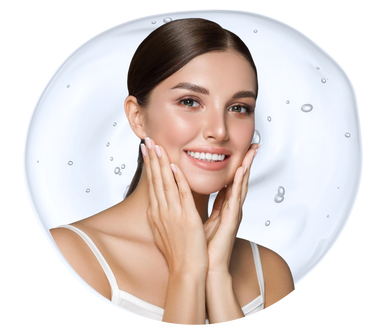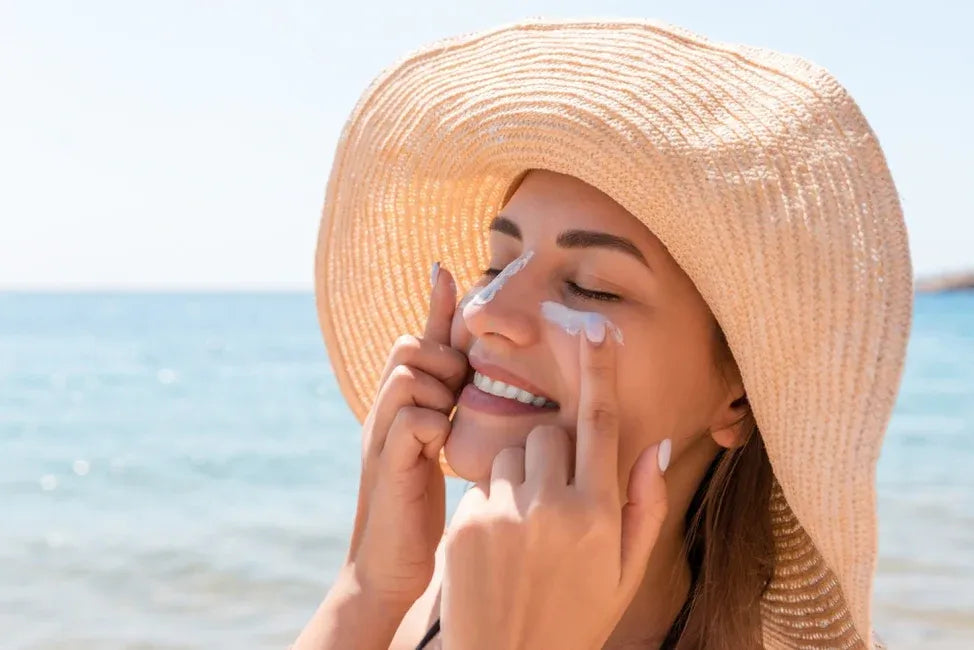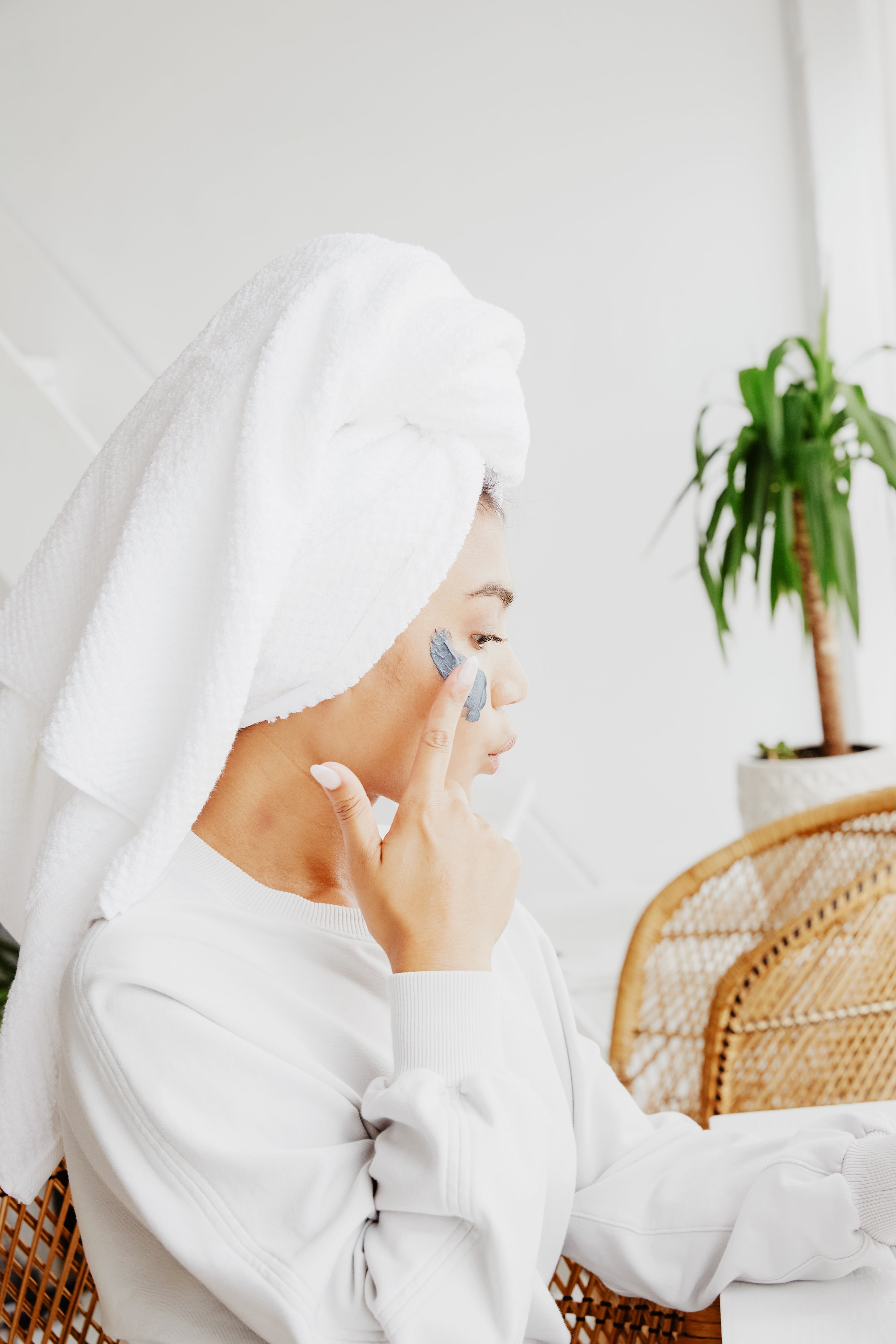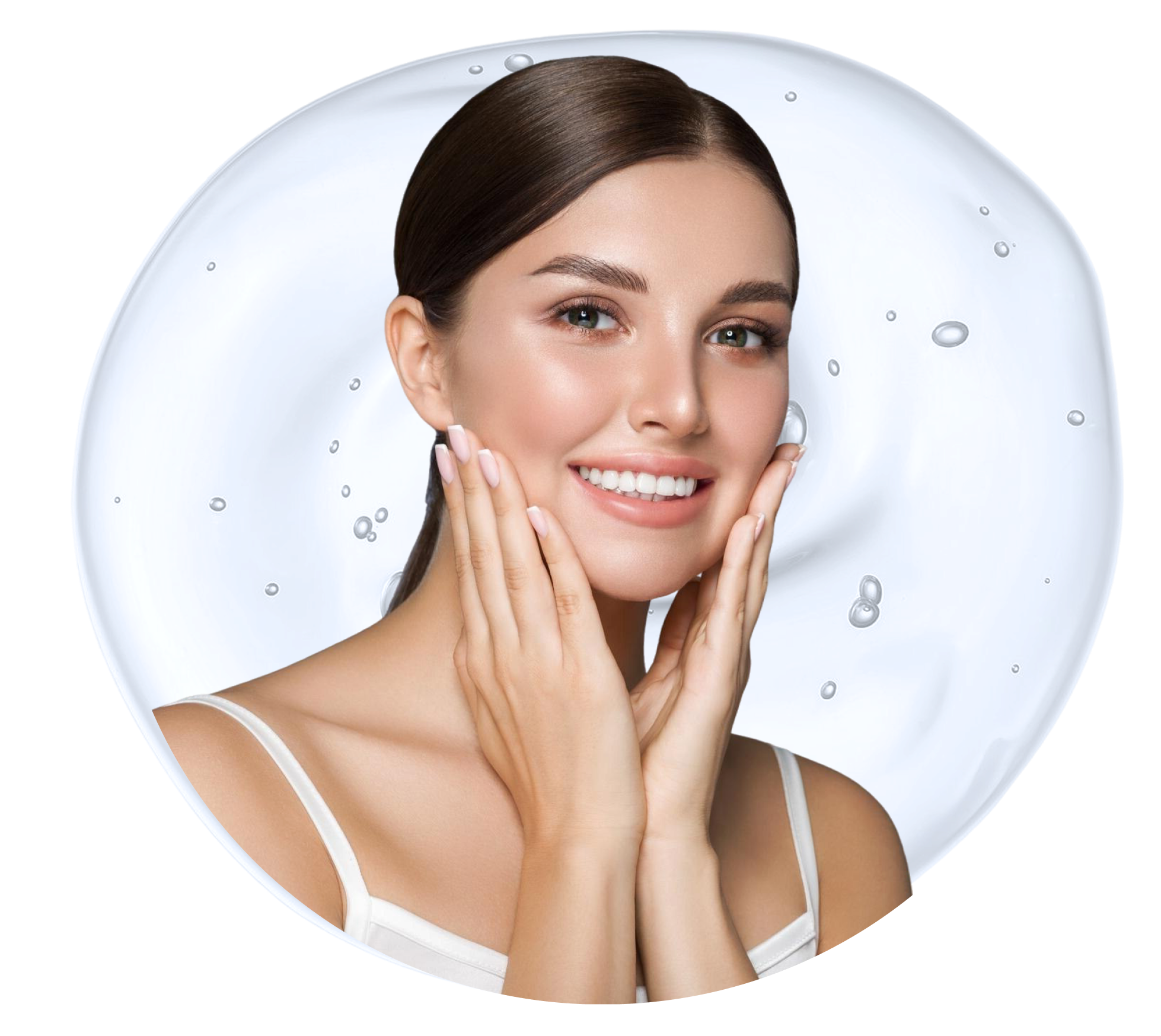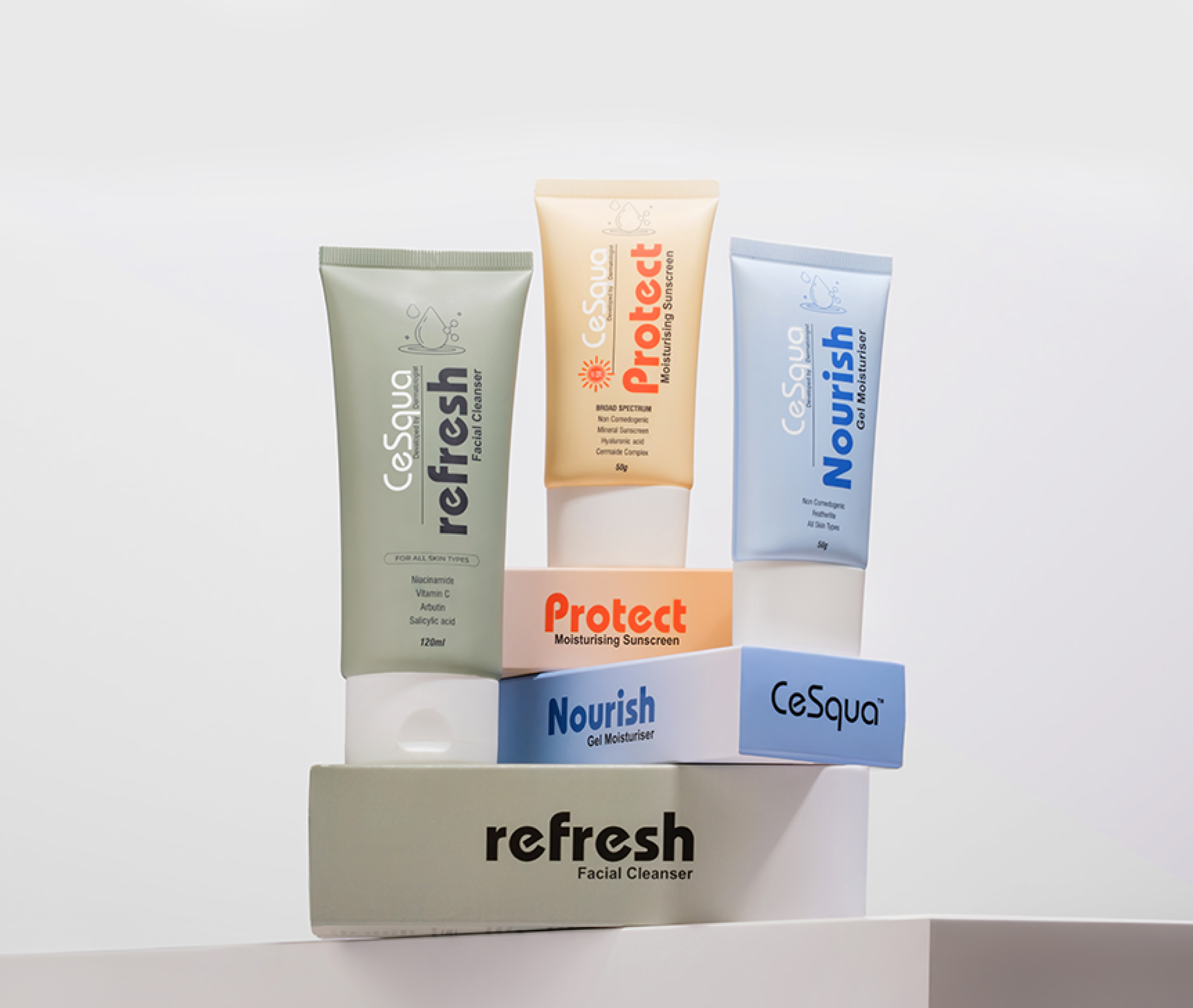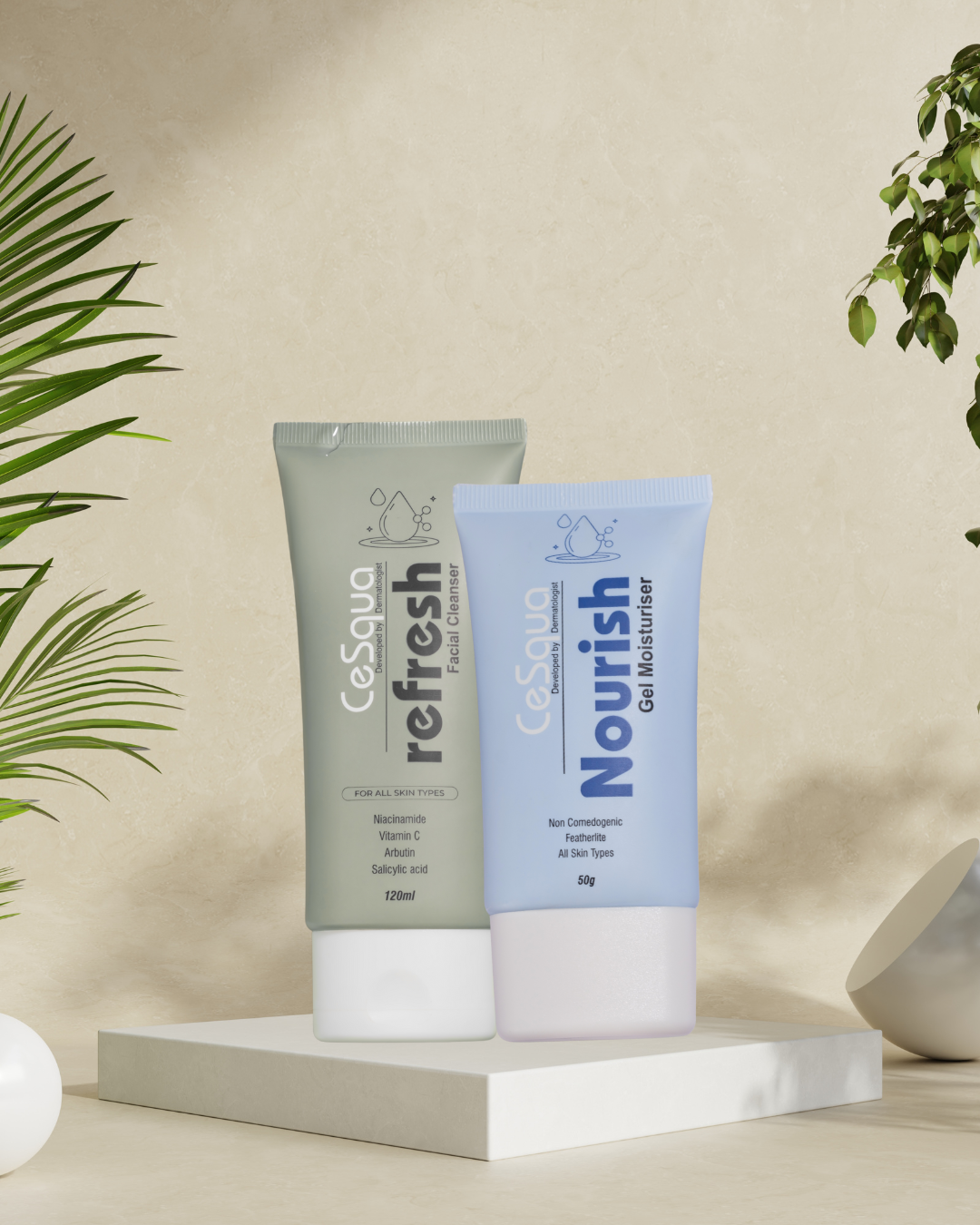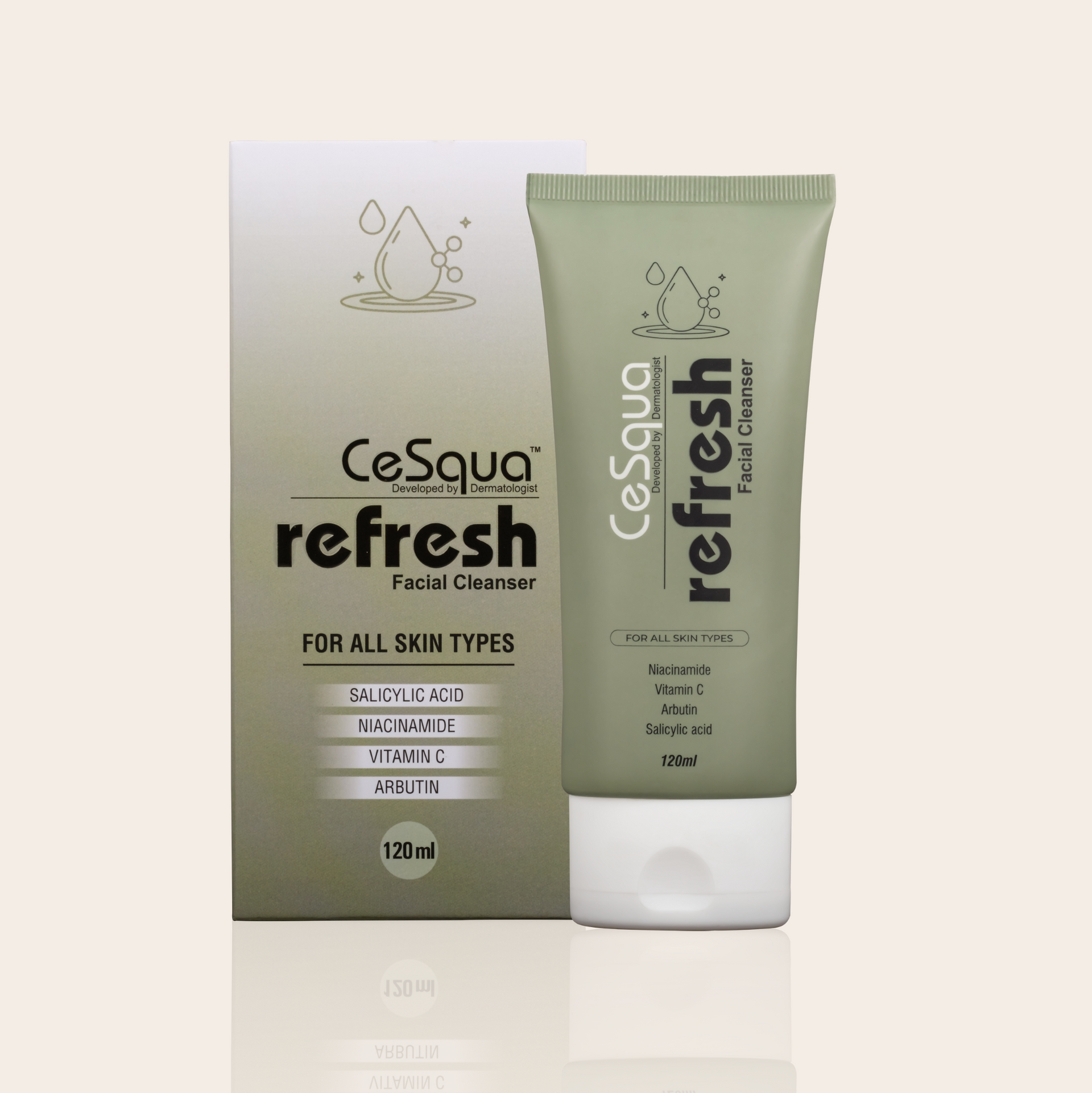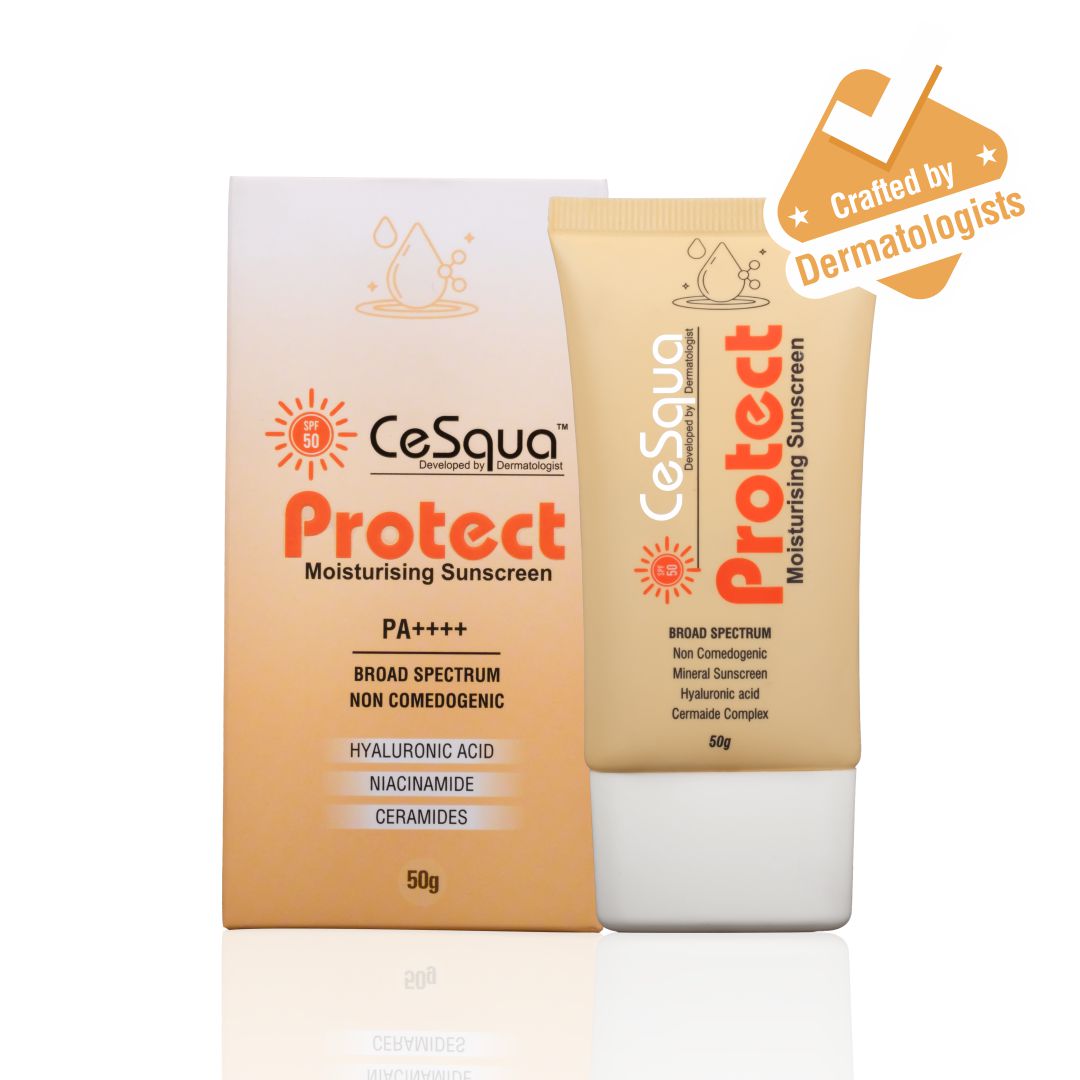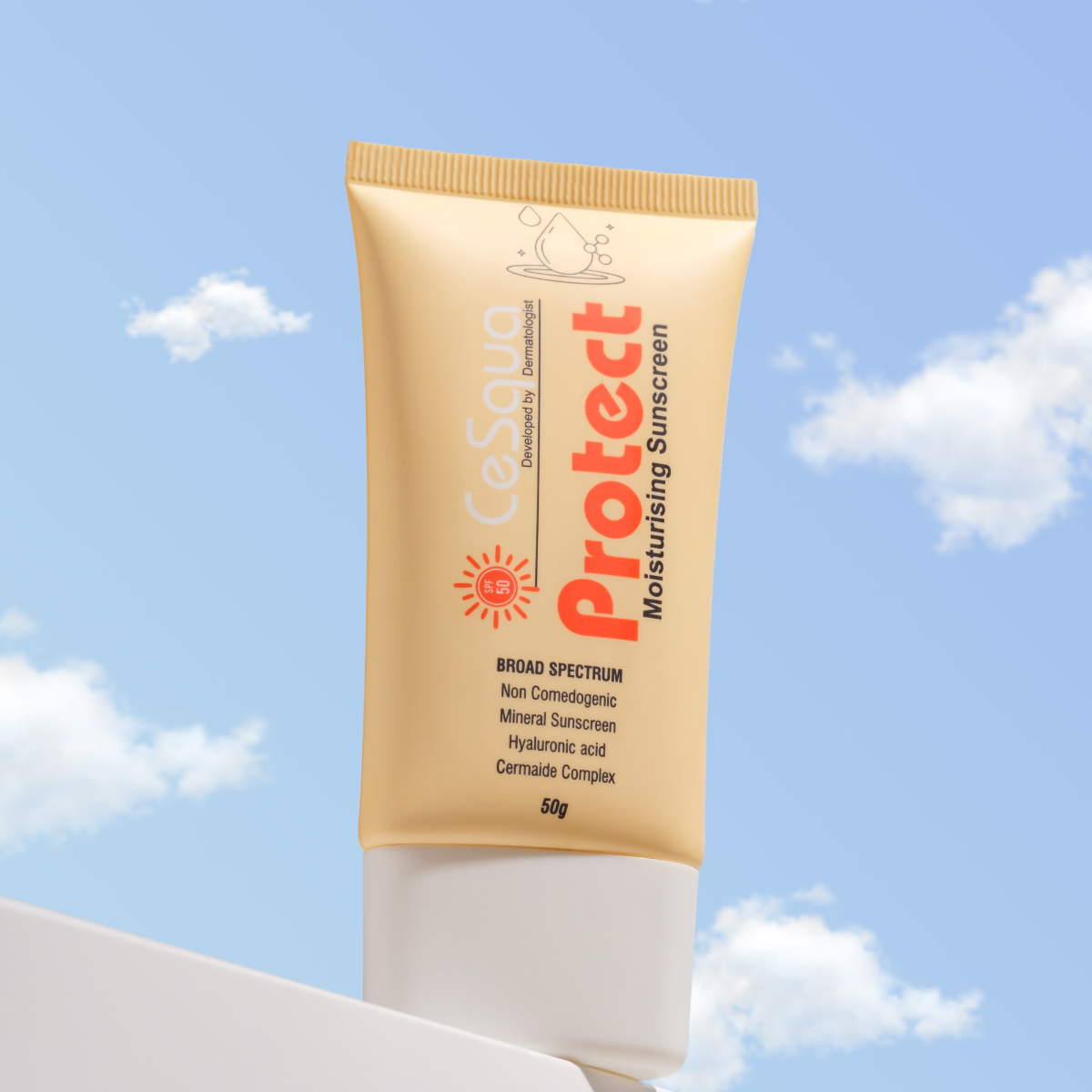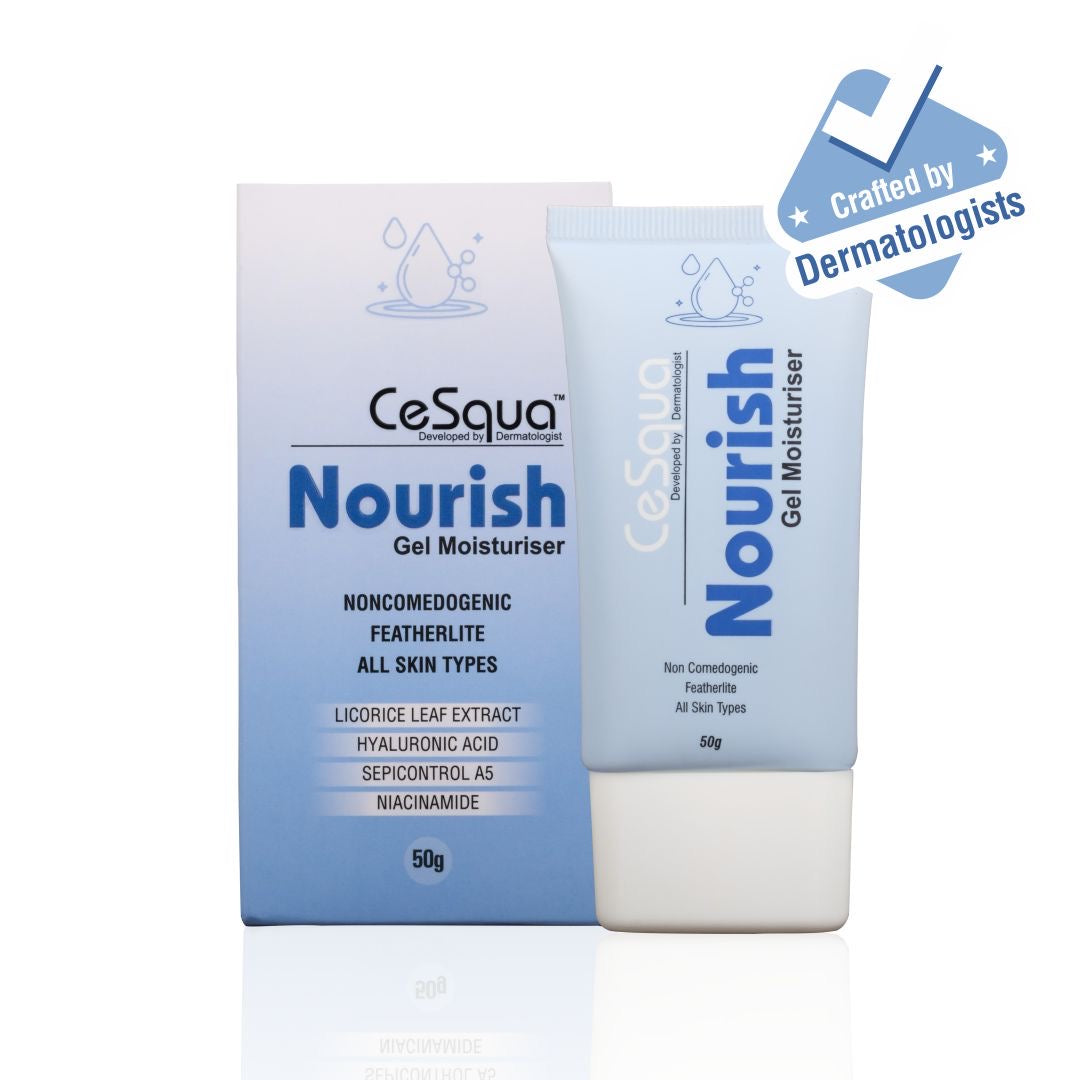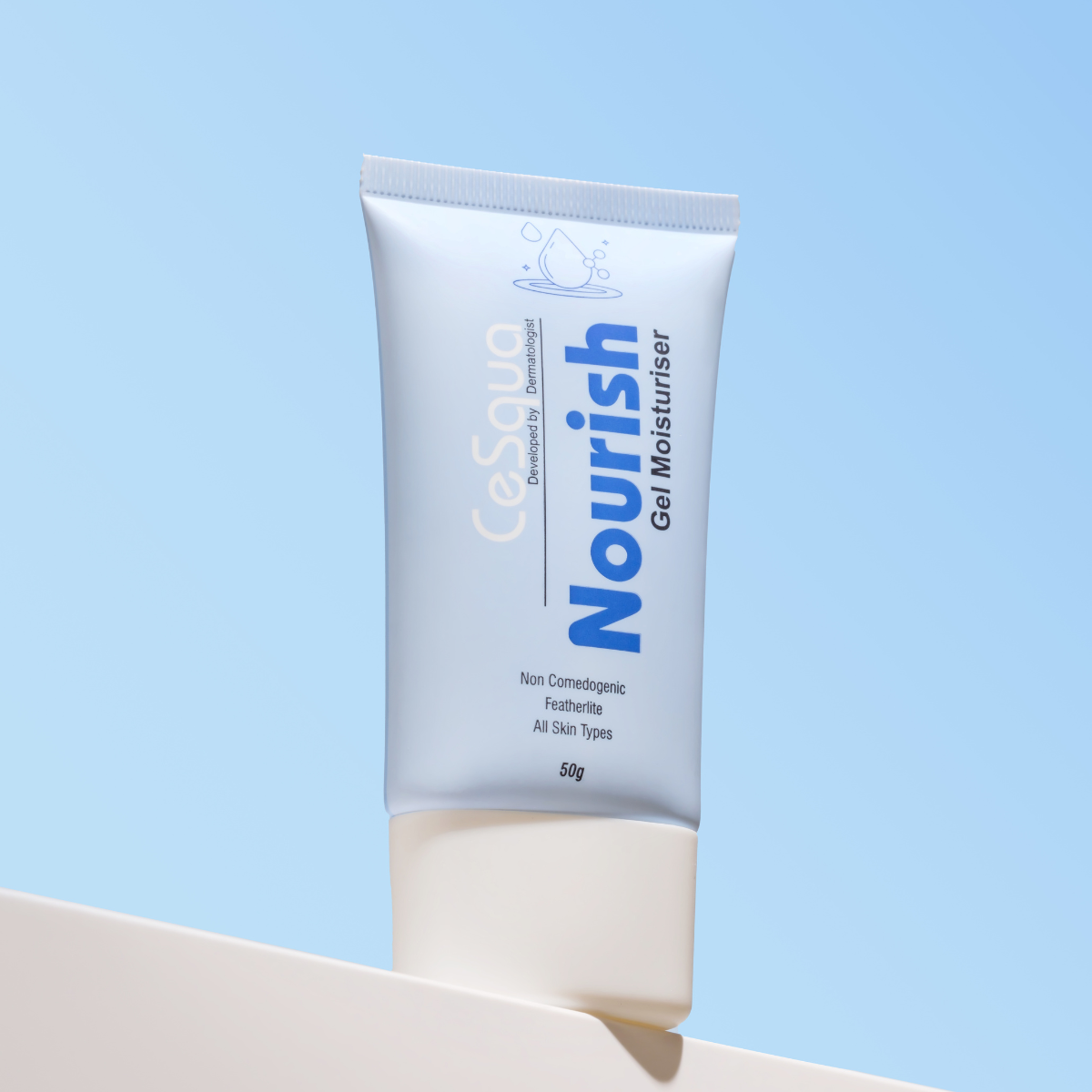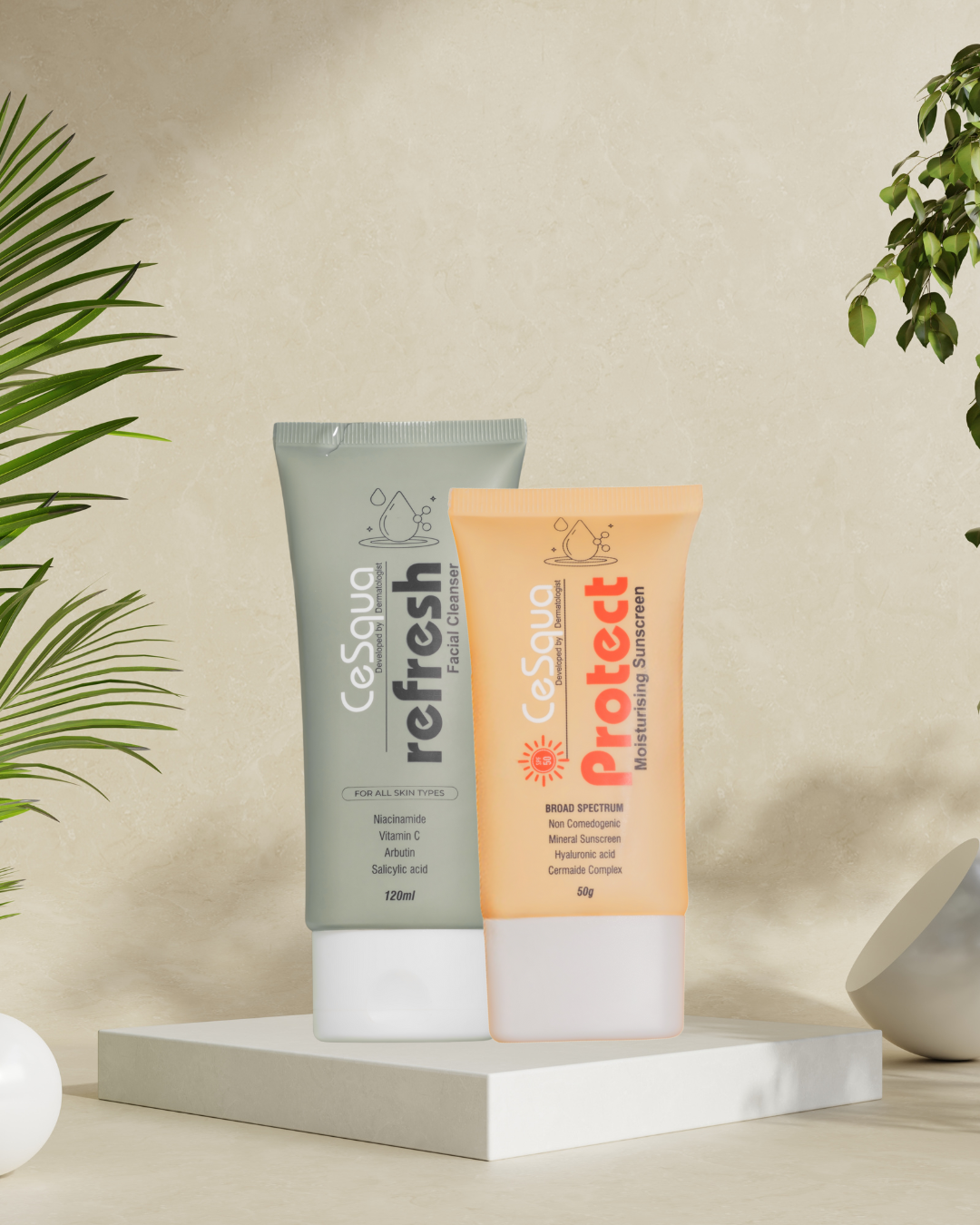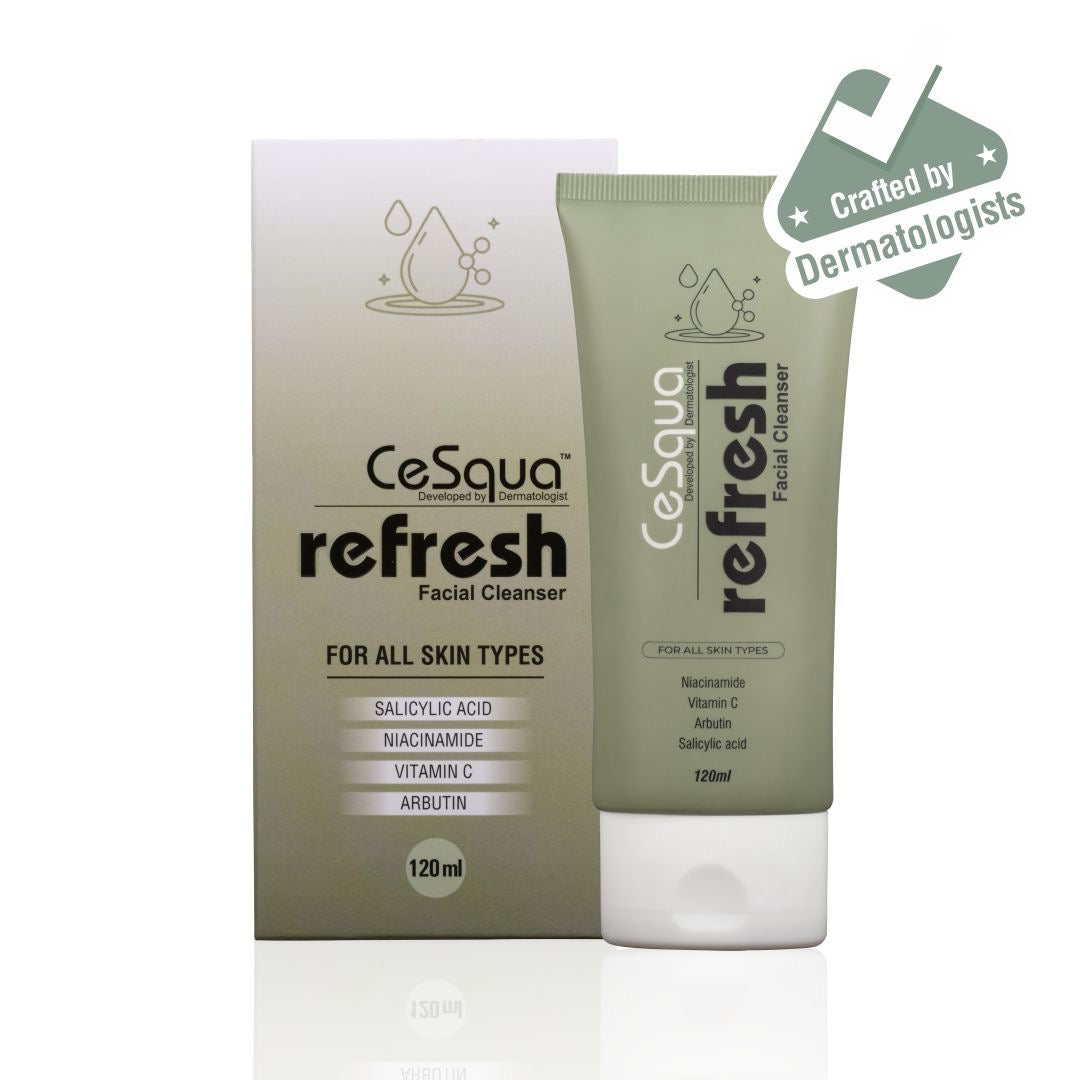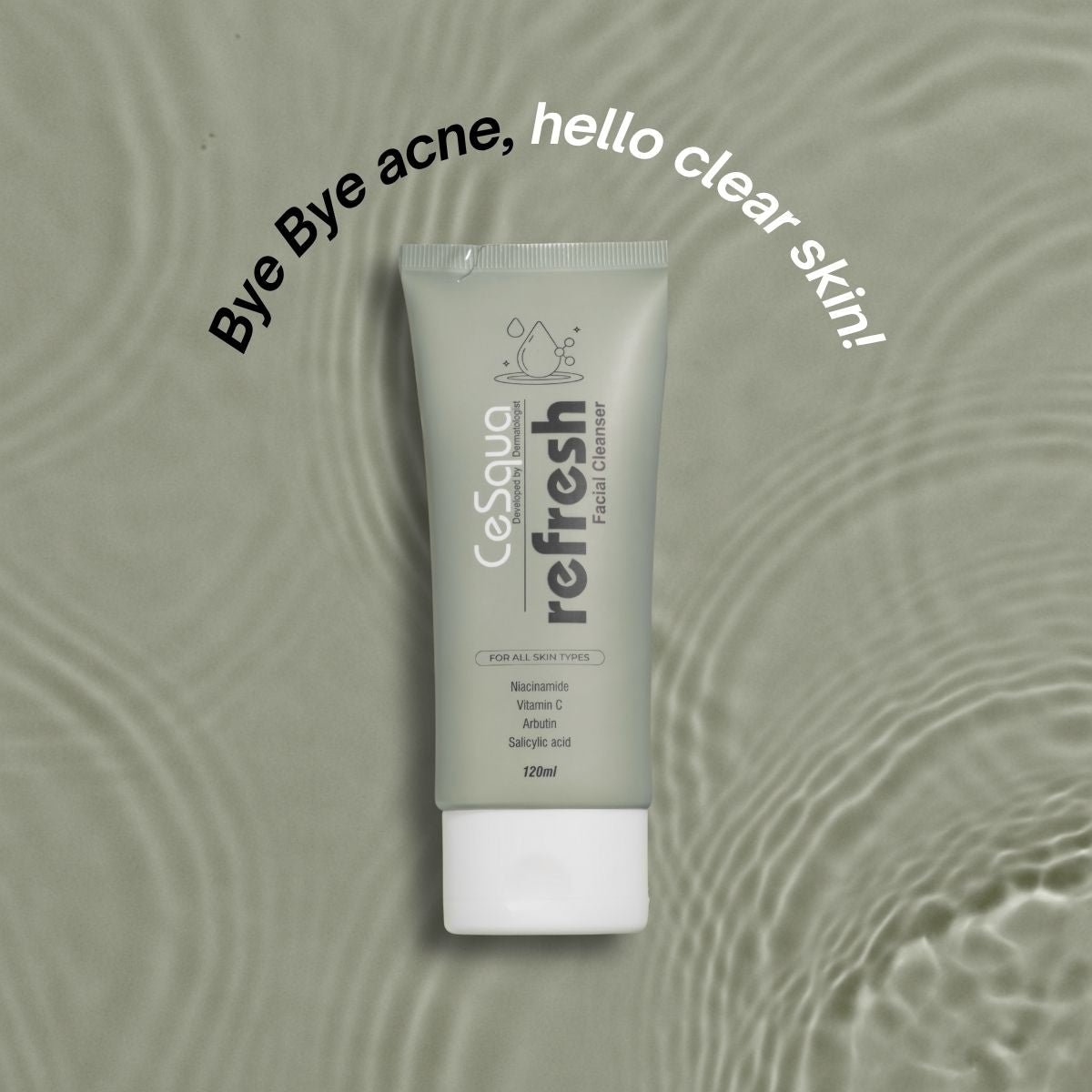Scientific Origin and Rationale of the Two-Finger Rule
Dermatologists have long recommended applying sunscreen generously to achieve the full advertised SPF protection. In laboratory testing, sunscreens are applied at a density of 2 milligrams per square centimeter (2 mg/cm²) of skin – a much thicker layer than most people use in daily life . To translate this into practical advice, researchers introduced the “two-finger rule” in a 2002 letter published in the British Medical Journal. Using the medical “rule of nines” for body surface area, Dr. Steve Taylor and Prof. Brian Diffey divided the body into 11 sections (each roughly 9% of total area, e.g. face and neck, each arm, upper/lower torso, each leg) . They proposed applying two strip-lengths of sunscreen on the index and middle finger (from palm to fingertip) for each of these sections . This amount of sunscreen per area was calculated to approximate the 2 mg/cm² dose used to determine SPF ratings . In simpler terms, it’s about ½ teaspoon (2–3 mL) for the face and neck alone, and on the order of 35 mL (seven teaspoons) for full body coverage – roughly one-third of a 120 mL bottle per full application . The logic is that by using this much, an adult will actually get the level of UV protection labeled on the sunscreen (since SPF 30 or 50 is only achieved if you apply enough).
This rule emerged because most people under-apply sunscreen, leading to much lower real-world protection than expected. Studies show that the average person uses only 25–50% of the recommended amount , meaning they achieve only a fraction of the intended SPF. In fact, Taylor and Diffey noted that typical users likely get only one-third to one-quarter of the SPF they think they are getting . For example, a SPF 30 lotion, if applied too sparingly, might effectively act closer to an SPF 10 in practice. The two-finger guideline was a simple way to help people visualize an adequate quantity and ensure uniform coverage of all exposed skin . By squeezing out two finger-lengths for each body region, one is more likely to apply ~2 mg/cm² and thus attain the advertised protection.
Notably, even the originators of this rule acknowledged its limitations. Applying the textbook amount to every exposed area would mean re-applying a quarter of a sunscreen tube every two hours, which they recognized is “too much to ask” of anyone . In their BMJ letter, they admitted most people feel this is an excessive, greasy amount . To balance ideal and practical, they suggested a compromise: use roughly half that amount and then reapply another layer after 20–30 minutes (allowing the first coat to absorb) . In other words, one could start with one finger-length per area and add a second coat later – analogous to “two coats of paint” for even coverage . This approach would likely deliver only about 50% of the labeled SPF protection , but it is more realistic and still provides substantial defense if the sunscreen is broad-spectrum. The American Academy of Dermatology and other experts echo that at least 1 ounce (30 mL) for the whole body — about a shot-glass full — is a minimum for an adult, and that most people need to use more than they currently do . The key rationale is that generous application and regular reapplication are required to approach the level of protection seen in clinical testing. The two-finger rule is one user-friendly guideline to help achieve that coverage .
Indian Skin and Climate: Why “Two Fingers” May Not Always Be Necessary
While the two-finger rule is scientifically sound, applying this quantity may not always be practical – or even necessary – for people with Indian skin types living in India’s climate. There are several clinical and lifestyle factors that moderate the need for such a high dose:
1. Higher Natural Melanin Protection: Individuals of Indian/South Asian heritage often have medium to dark skin tones (Fitzpatrick skin phototypes IV-VI) with a higher melanin content. Melanin absorbs and dissipates UV radiation, providing partial innate sun protection. Studies have shown that dark brown skin can be up to 4–8 times less sensitive to UV than very fair skin in terms of developing sunburn and cellular DNA damage . In practical terms, a strong midday sun that would quickly burn an unprotected fair-skinned person will have much less immediate effect on someone with heavily pigmented skin. Sunburn is comparatively uncommon in brown and dark brown skin under typical exposure; one UK report noted that sunburn in very dark skin is so rare in moderate climates that it might indicate an unusual photosensitivity . This inherent UV resistance means that even if an Indian individual applies less than the textbook sunscreen dose, they may still avoid acute sunburn. For instance, using only half the recommended amount of an SPF 30 (yielding roughly SPF 15 in practice) could be sufficient to prevent sunburn in a person with type V skin during everyday activities – because their melanin already confers some UV shielding. In other words, the urgency of achieving a full SPF 50 on the skin is lower when your skin is naturally acting like an extra SPF on its own. (Dermatology experts estimate deeply pigmented skin has a baseline UPF value in the teens, though this doesn’t protect against all UV effects.) Importantly, however, melanin’s protection is not complete: cumulative UV exposure still causes invisible damage, photo-aging and risk of skin cancer over time in darker skin . So Indian skin does need sun protection, but not necessarily in excessive amounts aimed at extreme UV scenarios like those for very fair skin.
2. Intense Climate and Practicality: India’s tropical climate presents practical challenges to slathering a thick layer of sunscreen. High heat and humidity can make a heavy application of sunscreen feel very uncomfortable – many people find that two full finger-lengths of product on the face feels greasy or “too sticky” . In Dr. Rashmi Shetty’s demonstration, even a lightweight, non-white-cast sunscreen looked shiny and felt cloying on her face when applied in the two-finger quantity . Such overapplication can be counterproductive: in hot weather, a thick layer may sweat off quickly, and excess oils can make the skin feel weighed down. Moreover, using an overly generous amount often leaves a white or grey cast on Indian skin (especially with mineral sunscreens), which is cosmetically unappealing. Dermatologists caution against applying far beyond the needed amount, as the excess can form a visible residue and even clog pores if the formula is heavy or mattifying . Dr. Shareefa Chause notes that if a matte sunscreen is piled on in large quantities, it may occlude pores and trigger acne breakouts – a common concern in acne-prone Indian skin . These practical issues mean that insisting on the full two-finger dose could backfire, leading people to skip sunscreen altogether due to the unpleasant look and feel. Thus, from an adherence standpoint, it’s better to apply a comfortable amount that you will actually use consistently than an ideal amount that sits on the shelf.
3. Diminishing Returns for Risk vs. Benefit: The two-finger rule originates from Western populations where fair-skinned individuals are at high risk of sunburn and skin cancer. In India, the pattern of sun exposure and risks differ. Skin cancers are indeed much rarer in brown skin (the melanin offers significant protection against UV-induced DNA mutations) . The more common sun-related issues for Indian patients tend to be tanning, melasma, and hyperpigmentation (uneven darkening of the skin), as well as long-term photoaging changes. Notably, melanin-rich skin, while slow to burn, is not immune to photoaging or pigmentation problems . Chronic UV exposure can still lead to collagen breakdown, wrinkles and mottled pigmentation in Indian skin, just usually manifesting later than in lighter skin . Hyperpigmentation disorders (like melasma or post-acne dark spots) are particularly common in people of color, and sun exposure exacerbates these by inducing more melanin production . For preventing these concerns, broad-spectrum UVA and UVB protection and even protection against visible light is important – but this does not strictly require 2 mg/cm² of product. In fact, studies indicate that visible light (the high-energy visible part of sunlight) contributes to persistent pigmentation in deeper skin tones. Because standard sunscreens at any amount don’t block visible light well, dermatologists often recommend using a tinted sunscreen (containing iron oxide), or blue-light filters for people with brown skin to protect against visible-light induced pigmentation . This is a case where what you use (broad-spectrum, tinted or bluelight filter formulations) might be more crucial than exactly how much you use, for achieving the desired protective effect for Indian skin needs.
4. Cultural and Behavioral Factors: In the Indian context, people often adapt to the intense sun by behavioral means. It’s common to seek shade, use umbrellas, wear scarves/hats or clothing to cover skin during peak sun, as a culturally ingrained form of sun protection. Indeed, a recent nationwide survey found that physical sun protection (e.g. long sleeves, staying under shade) is far more prevalent than routine sunscreen use among Indians . Over 60% of respondents engaged in some sun-safe behavior, but sunscreen was less favored compared to avoiding sun exposure directly . These habits effectively reduce the need for slathering large quantities of sunscreen on all body parts. For example, if one is wearing a dupatta or hat to cover the head and neck, or long sleeves, the exposed areas are limited, and a modest amount of sunscreen on the face and hands may suffice for incidental sun. Furthermore, Indians typically do not sunbathe recreationally (unlike Western beach culture) – intentional prolonged sun exposure is relatively uncommon in the lifestyle . Dr. Shetty points out that these Western standards (like two-finger application) assume a scenario of high UV exposure that may not always apply; Indians “already have brown pigment” and generally don’t bask in the sun for tanning purposes . In everyday life, many are outdoors mainly during commute or chores, not lying exposed under direct sun for hours. This means the practical level of protection needed on a daily basis (especially for those with darker skin) can be achieved with a more moderate amount of sunscreen, combined with the incidental protection from clothing and shade. There’s also the consideration of vitamin D – deeply pigmented skin tends toward vitamin D deficiency, and excessive sun avoidance or sunscreen use can worsen this. Some guidelines note that people of color may actually benefit from a bit of unprotected sun exposure for vitamin D, since their skin cancer risk is low . While midday sun in India is very strong (UV index often 11+), brief exposure in morning or late afternoon can help vitamin D synthesis. This underscores the idea that a balanced approach – not complete sun avoidance and not overzealous sunscreen to the point of nutritional detriment – is reasonable for Indian populations.
5. Expert Opinions and Evolving Guidelines: Recognizing these factors, many dermatologists catering to Indian and other darker-skinned patients advise a more individualized approach rather than a strict two-finger rule for everyone. Dr. Chause emphasizes that the “required” amount of sunscreen will vary based on skin type, skin tone, and personal comfort – it’s not a one-size-fits-all formula . The priority is ensuring all exposed areas are adequately covered with sunscreen, not forcing an arbitrarily large amount that leaves a residue . In her view, Indian skin does not always need the full two-finger quantity, as long as you are applying a decent layer uniformly on all exposed skin. Dermatologists often encourage patients to use a “finger-tip unit” or pea-sized amount per region, and then add more if needed, rather than dumping a huge glob at once . For instance, one might start with a pea-sized dollop on each cheek, forehead, and chin (for the face), blend that in, and only add more if areas are not covered. This method avoids over-application while still covering the skin. Reapplication is stressed to be every 2–3 hours if you remain outdoors, or more frequently if sweating heavily – which in practice can maintain protection even if each layer is a bit lighter. In short, regular, even application is favored over sheer quantity.
Practical Tips for Sunscreen Use on Indian Skin
- Apply a Reasonable, Even Layer – You don’t have to measure out two full finger-lengths if that feels too much. Instead, use an amount that spreads comfortably and evenly over all exposed areas. Make sure no skin is missed: cover the face, ears, neck, arms, etc. A common guideline is about ½ teaspoon (around 2–3 mL) for the face and neck together, which is roughly one finger’s length of sunscreen . This will generally give high protection on brown skin without excessive greasiness.
- Consider Layering – If you feel one thin layer might not be enough, apply sunscreen in two light layers rather than one thick layer . For example, apply one coat of sunscreen, wait a minute or two for it to absorb, then apply a second coat. This “two coats” technique was even suggested by Taylor and Diffey to improve coverage . Layering helps achieve closer to the recommended total amount gradually, and ensures better absorption with less mess. Even if you don’t reach a full two-finger quantity, two thinner coats can get you decent protection.
- Choose Formulations Suited to Your Skin – Select a sunscreen that you can apply liberally without discomfort. If you have oily or acne-prone skin, a gel-based, lightweight or matte-finish sunscreen might feel better; you can apply a good amount in layers without feeling too sticky. If you notice that a matte mineral sunscreen makes your skin look ashy with heavy use, try a tinted sunscreen. Tinted sunscreens contain iron oxides which not only blend better with brown skin (no white cast) but also protect against visible light, which is important for preventing hyperpigmentation in skin of color . In any case, a sunscreen labeled “noncomedogenic” (won’t clog pores) is preferable if you are applying generous quantities daily, to minimize breakouts.
- Avoid “Over-application” Pitfalls – Using more sunscreen than your skin can absorb doesn’t give much extra benefit and can cause issues. Dermatologists warn that caking on too much (especially thick creams) may leave residue, chalky cast, or block pores leading to acne . Apply a sensible amount, let it settle. If you see visible white streaks or pilling, you likely applied too much at once – in that case, remove the excess or use the layering approach next time. Remember, consistency is more important than absolute quantity: it’s better to apply a slightly lighter layer daily than to apply a heavy layer once and skip other days.
- Reapply and Use Adjunct Protection – In Indian weather, sweating can wear off sunscreen quickly. Reapplying every 2 hours (or after heavy perspiration) is critical for sustained protection . If you applied a smaller amount initially, this makes reapplication even more important to maintain protection throughout the day. Additionally, don’t rely solely on sunscreen. Especially during peak afternoon sun, seek shade and use physical barriers. Wear a broad-brimmed hat, UV-protective sunglasses, or light cotton clothing to shield arms and legs. These measures can allow you to stay safe in the sun without needing to coat every inch of skin in sunscreen. In fact, surveys show Indians intuitively use shade and clothing often – combining these habits with a modest amount of sunscreen on exposed skin gives excellent protection comparable to a full thick sunscreen application.
- Use SPF 30+ Broad-Spectrum Products – Whatever amount you apply, choose at least an SPF 30, broad-spectrum sunscreen (protecting against UVA and UVB). An SPF 30 used liberally will block ~97% of UVB, and even if you apply half the ideal amount, you still get roughly SPF 15 worth of protection which can prevent sunburn in most brown skin . Higher SPFs (50+) can give a margin of safety if you tend to apply less – for instance, half of SPF 50 might yield effective ~SPF 25. Ensure the sunscreen also has good UVA protection (look for PA+++ rating or “UVA in a circle” logo or zinc oxide in ingredients) to guard against tanning and photoaging. Remember that no sunscreen blocks 100% UV.
Summary.
The two-finger rule is a scientifically derived guideline to ensure sufficient sunscreen coverage (about 2 mg/cm², as used in SPF tests) . It arose from dermatologists’ concern that most people apply too little sunscreen to get the labeled protection . However, for Indian skin types in the Indian climate, a rigid application of that high quantity is often impractical and not always necessary for effective protection. Melanin-rich skin has a built-in buffer against UV, and combined with lifestyle measures (shade, clothing), it allows one to use a more moderate amount of sunscreen without compromising safety . The focus should be on regular use of a good broad-spectrum sunscreen – applied in a comfortable amount that you can adhere to daily – rather than obsessing over exact finger lengths. As dermatologists note, the two-finger (or teaspoon) rule can be adjusted to individual needs: cover all exposed skin well, avoid applying so little that you miss spots, but also don’t force so much that it deters use . By tailoring sunscreen application to one’s skin type and climate, Indian users can achieve excellent sun protection that is evidence-based as well as practical. The bottom line: some sunscreen is always better than none, and using it correctly and consistently matters more than using it in maximal amounts just occasionally. With sensible application and sun-safe habits, one can maintain healthy, even-toned skin in the Indian sun without slathering on excessive product every time.
References
Sunscreen labels can be misleading - NZ Herald
https://www.nzherald.co.nz/nz/sunscreen-labels-can-be-misleading/MOBGGVCRJZV6IQXLHF5VHD5MMA/
How to apply sunscreen for maximum protection - Harvard Health
https://www.health.harvard.edu/skin-and-hair/how-to-apply-sunscreen-for-maximum-protection
IADVL SUNSCREEN INFORMATION SHEET
https://webflow-site-files.s3.ap-south-1.amazonaws.com/iadvl/patient-education-booklets/Sunscreen.pdf
Sunscreen FAQs
https://www.aad.org/media/stats-sunscreen
Sun Advice for Skin of Colour - BAD Patient Hub
https://www.skinhealthinfo.org.uk/sun-awareness/sun-advice-for-skin-of-colour/
Sun protection practices in India: Preliminary findings from a nationally representative sample -
PMC
https://pmc.ncbi.nlm.nih.gov/articles/PMC10520451/
Dermatologist demonstrates whether two-finger sunscreen application is necessary
for Indian skin | Life-style News - The Indian Express
https://indianexpress.com/article/lifestyle/life-style/dermatologist-rashmi-shetty-two-finger-sunscreen-application-neededindian-
skin-tips-9277148/
Sunscreens - Indian Journal of Dermatology, Venereology and Leprology
https://ijdvl.com/sunscreens/

